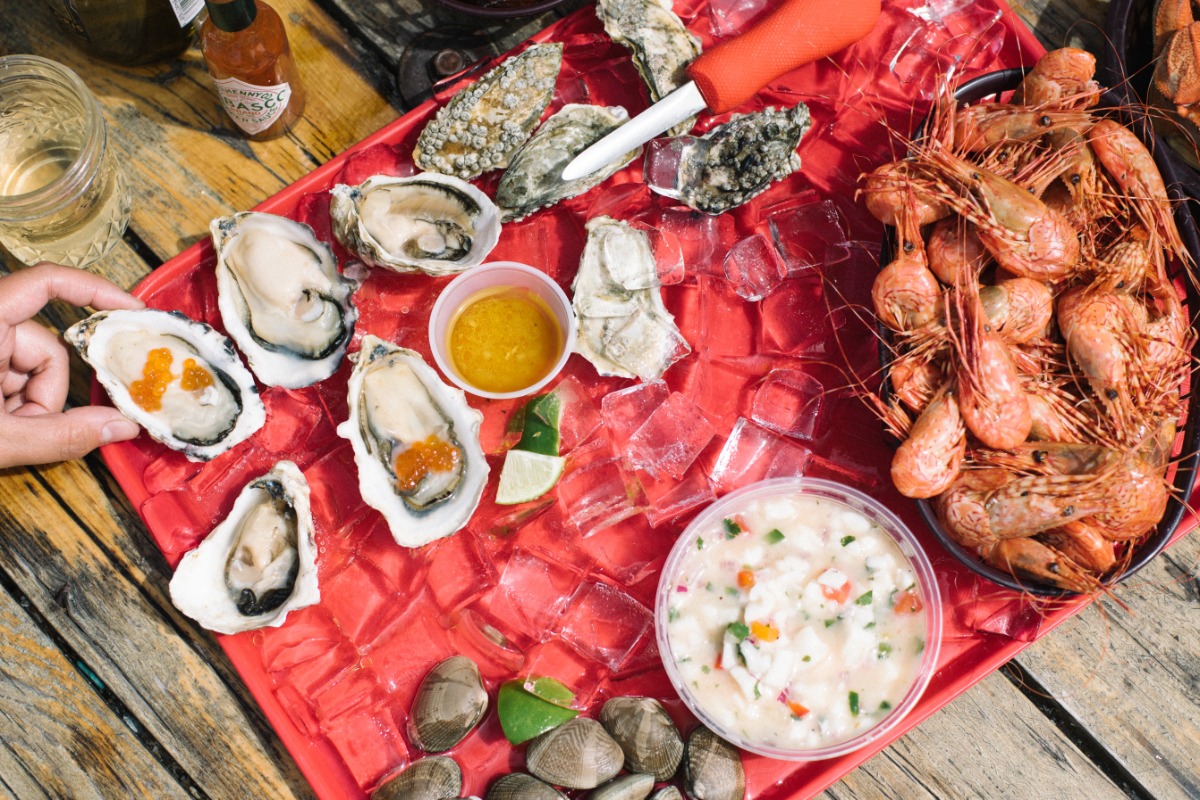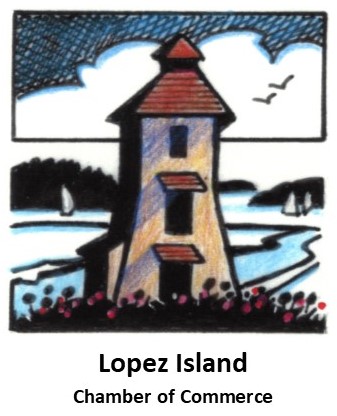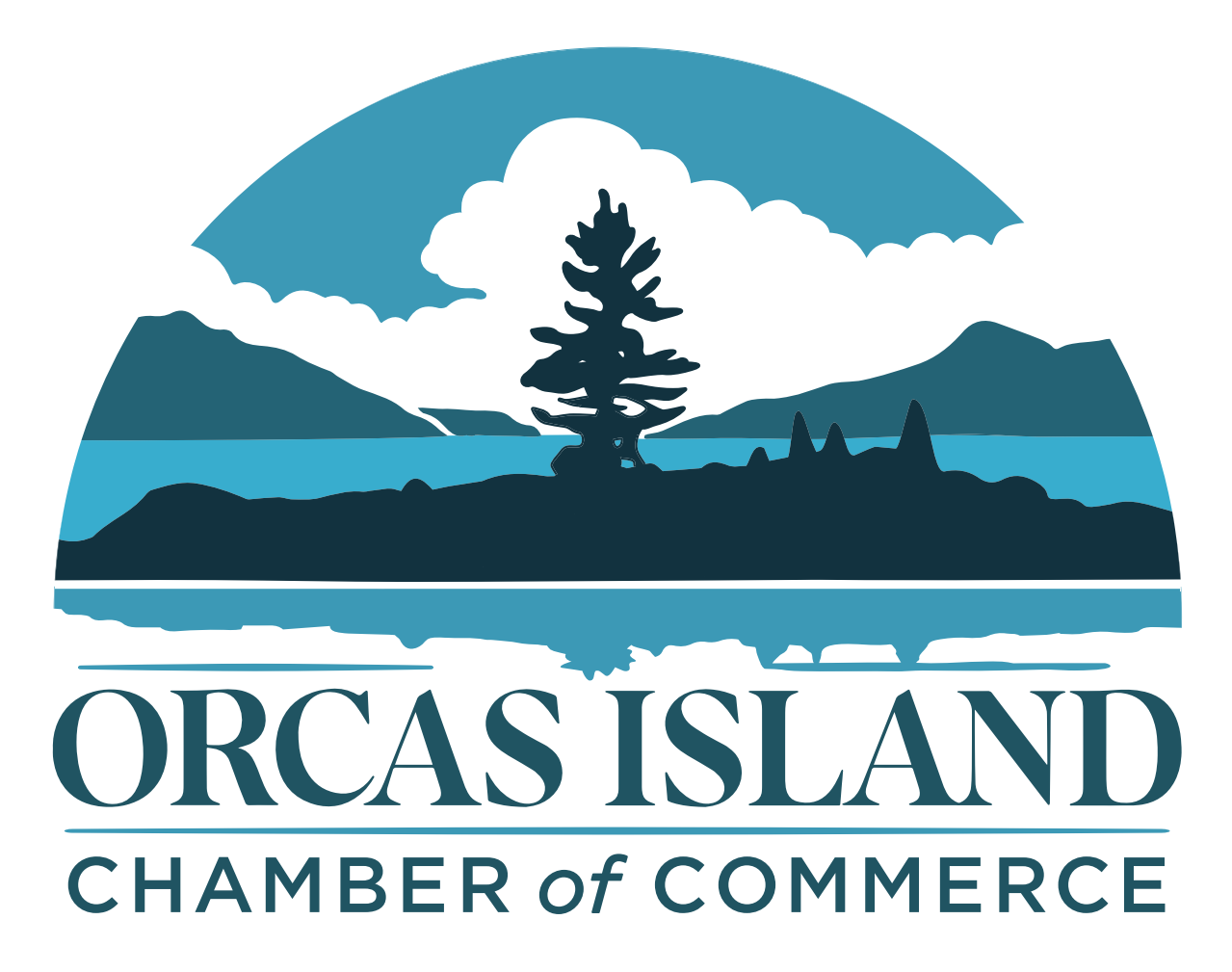12 Tastes That Define The San Juan Islands
Delight in the unique, local flavors that make the San Juans special.
Try oysters-on-the-half-shell, grass-fed lamb, handcrafted wine and beer, heirloom cider, and gins with locally foraged botanicals. These are some of the unmistakable flavors that define island cuisine.
Find out more about upcoming farm tours, harvest dinners, and other events during Savor the San Juans this fall.
1. Shellfish
The San Juan archipelago is full of shallow bays fed by cold freshwater springs, the perfect conditions for sweet, briny oysters to grow.
Buck Bay Shellfish Farm on Orcas Island is a hidden gem where you can stop in for a couple of pounds of fresh clams or oysters, or you can while away a whole afternoon shucking oysters and sipping wine while looking out over the serenity of Buck Bay just yards away, where owner Toni Hermansen harvests her phenomenal oysters and clams. (Open seasonally.)
Westcott Bay Shellfish Farm on the north end of San Juan Island has been recently revitalized by new owners Eric and Andrea Anderson, who have rebuilt their dock and oyster shack, and linked their property to trails connecting to English Camp, making their shellfish farm a destination for hikers and bicyclists as well.
2. Crab
You can get a taste of one of the quintessential foods of the Pacific Northwest, the sweet and flavorful Dungeness crab, at numerous restaurants on Lopez, Orcas, and San Juan Islands. You can also buy seafood directly from seafood vendors on the docks at Friday Harbor and Roche Harbor. Always served in season, crab is often simply steamed and served with melted butter, but some creative chefs also prepare it in creative ways with pasta, in crab cakes or in sushi.
It truly seems like summer when you toss a crab pot into the water and come up with an abundant catch. The crab fishery is tightly regulated, as the Washington Department of Fish & Wildlife is focused on making sure our seafood supply is sustainable, but they can't do it alone. Every boater, angler, camper, hiker, kayaker, whale watcher, chef, and visitor can do their part to improve our water quality. Learn how you can Leave No Trace during your visit, and talk to your chefs about where they obtain their fish, meats and produce, and whether they recycle and compost. We can all do our part to keep our food system vital and clean, while still enjoying the freshest seafood.
3. Light, food-friendly wines
All three of the main islands now have wineries and, although they make more robust reds with grapes from the Yakima Valley, the grapes they grow on their island estates are made into light, refreshing whites that fit perfectly with seafood and light meats. Both San Juan Vineyards, and Lopez Island Vineyards grows and makes Siegerrebe and Madeleine Angevine from their estate vineyards. Brent Charnley has been using organic practices since 1987. Although their tasting room is currently closed, you can find Lopez Island Vineyard's wines at Blossom Natural Food Market and the Lopez Island Farmers Market.
4. Goat Cheese
Goat cheese in the islands is like gold, made in small batches by just a few creameries, such as Myers Creamery on Orcas Island, Quail Croft on San Juan Island, and Sunnyfield Farm on Lopez Island. At each island's farmers' markets, and at the Orcas Island Food Co-op and the San Juan Island Food Co-op, you'll find fresh chevre, herbed cheeses, washed-rind and aged cheeses. Following the seasons, these delicate cheeses start out fresh and creamy in springtime when the goats are eating spring grass. As the grass matures, so does the flavor of the cheese, until at the end of the season in fall, the milk makes cheeses that are more intense, earthy and "goaty."
5. Cider & Apple Brandy
Westcott Bay Cider is one of the oldest cideries in the state of Washington, and now more people are discovering cider and noticing this delicious beverage that goes great with many foods. Hawk and Suzy Pingree (who also own San Juan Island Distillery) along with Richard Anderson (who co-owns the cidery), ferment three kinds of ciders from the "bitters" and "sharps" from their orchard, from traditional dry to medium-sweet styles. They then distill the cider into a clear eau-de-vie and age it in wine barrels; their apple brand has won "Best in Class" at the American Craft Distillers Association and other awards. A new distillery, Orcas Island Distillery, has also started production and has won similar awards - a confirmation that heritage island fruit is truly special.
You can taste some of these products at the annual Orcas Island Cider and Mead Festival has drawn two dozen cider and mead producers from all over the region.
6. Foraged Botanicals
The islands are covered with flowers and foods that have been used for centuries by islanders, to sustain themselves and enhance their food system. That tradition continues with San Juan Island Distillery gins and vodkas. Hawk Pingree forages for salal berry, juniper, blackberries, madrone bark, seaweeds, wildflowers and more, and passes them to distiller, Suzy Pingree, who creates floral, fruity, earthy, spicy—and delicious—spirits, which you can taste at their tasting room near Roche Harbor. Their partner and friend, Kari Koski, who uses botanicals to create Kari's Island Elixirs, a line of bitters and shrub (non-alcoholic, vinegar-based sodas). Many local bars and restaurants serve cocktails with these delicious ingredients for a true taste of island summer.
Although mushrooms aren't a botanical, per se, they are a popular foraged food on the islands. You can find morels, chanterelles and other types of mushrooms in the woods, but never eat a mushroom unless you are 100 percent sure it is safe. Take one of the foraging classes offered by the Orcas Island Food Co-op and other organizations in spring and fall with experts who can show you how to identify and find mushrooms or seaweed or other forageables.
7. Heritage Fruit
In the late 1800s, the San Juan Islands were the top producer of fruit in Washington State, including award-winning cherries, apples, plums, pears, strawberries and more. The Orcas Island Artworks in Olga is a former strawberry barrelling plant that at its height in 1941, barged 241 tons of strawberries and 2.5 million strawberry plants to farmers throughout the region. With the irrigation of the Yakima Valley in the early 20th century, that industry died, but the heritage orchards and a new generation of passionate orchardists are exploring the market, growing more fruit, and creating added value products like lush preserves and savory sauces from Red Rabbit Farm and Girl Meets Dirt.
8. Grains
Some island farmers are planting small crops of grains, some of which is baked into local breads. Barn Owl Baking on Lopez Island uses wheat, rye and other grains grown on Horsedrawn Farm, milling it at Island Grist, a stone mill on Lopez. They also use small batches of grains from farms in the region to bake their delicious breads, available at the Lopez Island Farmers Market, Blossom Grocery, and other local stores.
9. Seaweed & Salt
Stroll any of the islands' dozens of beaches, and you will see and smell two of the most distinctive food ingredients in the Salish Sea pantry: seaweed and salt. Strewn along pebbled beaches are ribbons of bright green sea lettuce (Ulva Lactuca), darker green thick ribbons of bull kelp (Nereocystis luetkeana), and lacy red branches of Palmeria dulse. Local foragers gather seaweed which finds its way onto local plates as salads, sauces, and garnishes for fish and shellfish.
Local seaweed expert and self-described "kelphead," Mark Donohue says that some seaweeds are prevalent and delicious, but make sure you forage sustainably. Don't pick the bull kelp, for instance, as it is having difficulties recovering from the chain of events surrounding the sea star die-off in recent years. Seastars eat urchins, and now the urchins are multiplying and mowing down kelp forests, creating "urchin barrens." But Ulva Lactuca, the thin, bright green sea lettuce is everywhere and often is a sign of too many nutrients in the water.
Local farmer Brady Ryan started San Juan Island Sea Salt, made by collecting salt water from the Salish Sea and drying it in special bins to leave the fluffy white crystals that are then flavored with botanicals such as smoked madrona bark, dried kelp, lemon peel and various dried herbs, for a delicious way to bring out local flavors.
10. Lavender & Hops
In any list of definitive island flavors, lavender deserves its own category, partly because it is a cultivated botanical rather than a forged one. But it's also an important part of island culture. On both San Juan and Orcas Island you'll drive past beautiful lavender fields, which are used in a variety of island products. Visit Island Thyme in Eastsound to find natural skincare products made with lavender grown on the island.
Island grown hops are also used in beers made by Orcas Island's Island Hoppin' Brewery, adding floral and bitter notes and a local touch to these tasty beers. You can visit the brewery and tasting room just outside of Eastsound.
11. Lamb
The earthy flavors of local lamb is a staple of island restaurant menus. Small farmers raise grass-fed lamb on many family farm properties such as Lum Farm, and Aurora Farms.
12. Mangalitsa Pork
Chef Geddes Martin, owner of the Inn at Ship Bay, raises his own Mangalitsa hogs in partnership with his friend and farmer, John Steward of Maple Rock Farm. Mangalitsa is a breed that's known as the "hairy pig that is the Kobe beef of pork," with more flavor and marbled fat than standard industrial-raised pork, and makes for amazing pork belly or pork loin.


























